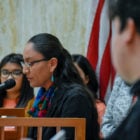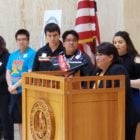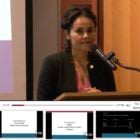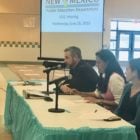Education
NM Attorney General seeks control over state response to Yazzie-Martinez
|
New Mexico Attorney General Raúl Torrez wants to take over the state’s “slow progress” in reforming public education to ensure all children are sufficiently educated as required by a landmark 2018 court ruling. The judge in that lawsuit found the state had violated the educational rights of Native American, English language-learners, disabled and low-income children.
“There is frustration with the lack of progress over the past five years,” Torrez told New Mexico In Depth on Friday. “We’ve informed the governor’s office that we intend to resume control over the Yazzie-Martinez litigation.”
Since the 2018 ruling, Gov. Michelle Lujan Grisham’s administration has resisted efforts for deep reforms to public education sought by plaintiffs in the lawsuit and a coalition of advocacy organizations pushing for changes. In 2020, it asked a state judge to end court oversight of the case, saying the state had fully complied with the 2018 ruling. The judge denied that request, however, saying oversight should stay in place until long-term reforms are adopted.Caroline Sweeney, spokesperson for Lujan Grisham, defended her administration’s work to resolve the Yazzie-Martinez lawsuit, pointing to significantly increased public school funding, the creation of new state agencies focused on special and early education, and increasing required instructional hours.





